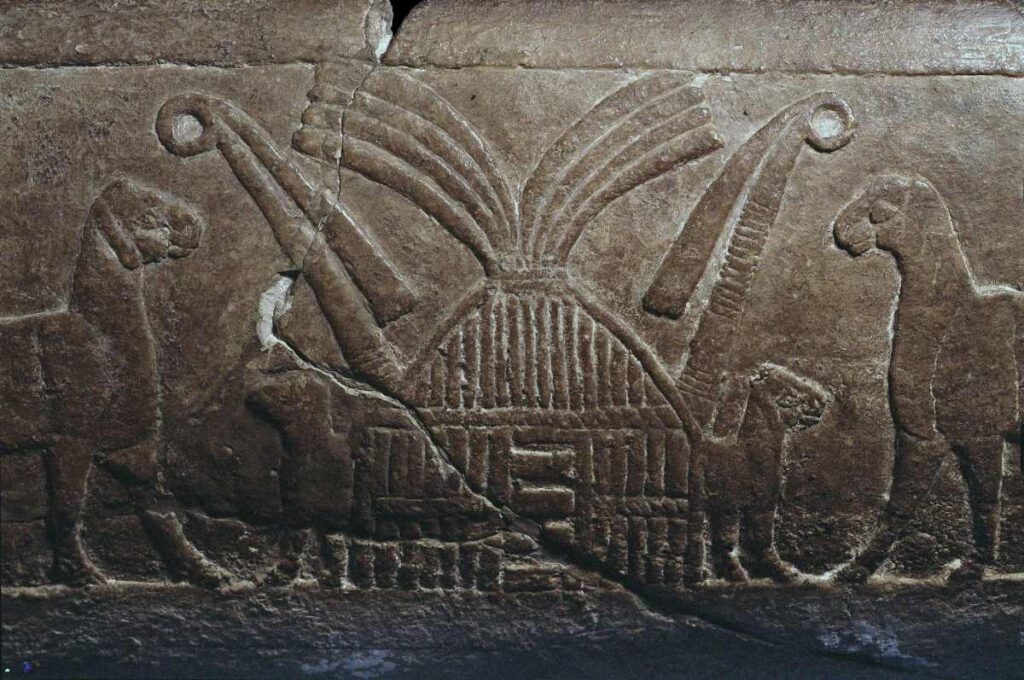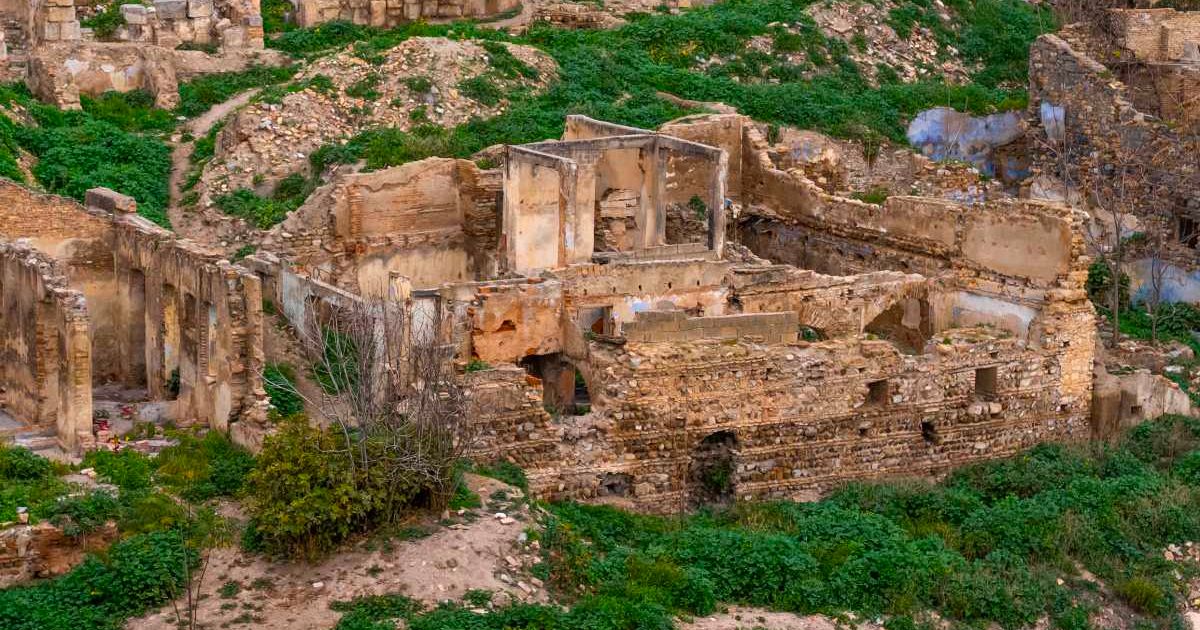Archaeologists discover ancient Ukrainian cities, challenging the belief that Mesopotamia was the world’s oldest civilization. New evidence pushes humanity’s urban roots back in time and across continents.
For centuries, the story of humanity’s first city builders seemed straightforward. Mesopotamia, dating back to 3800 BC, has long been considered the cradle of civilization. But as discoveries have surfaced in Ukraine, our understanding of early urban planning may be drastically shifting. In the 1960s, a Russian topographer’s aerial photos captured strange shadows in Kyiv. Unusual at first glance, these shadows revealed mysterious, buried structures. Further analysis showed these shadows weren’t natural—they pointed to hidden ruins, ancient city structures lost to time.
According to ScienceNews, the unearthed remains, known as the Trypillia megasites, propose that Ukraine—not Mesopotamia—may have been the birthplace of human civilization. This claim, if true, could rewrite history, pushing the boundaries of humanity’s earliest settlements and urban sophistication back in time. As archaeologist Johannes Müller from Germany’s University of Kiel recently stated, “The architecture is reminiscent of Lego, it was a modular system,” describing these organized, low-density “megasites” laid out in strikingly advanced patterns.

Lost Evidence Rediscovered
It was Russian topographer Konstantin Shishkin who first noticed the presence of ancient structures in Ukraine. Back in the ’60s, Shishkin spotted over 250 odd shadows spanning an impressive 741 acres. However, technology at the time was limited, making it nearly impossible for Shishkin to dig deeper. Fast forward to 1971, when a new team of Ukrainian scientists re-examined the site using geomagnetic technology. This tool allowed them to scan beneath the earth’s surface, detecting these buried formations by analyzing differences in magnetic fields. The results? Ancient cities, with streets set in grid-like patterns and concentric circles of structures that defy traditional timelines.
In 2011, Müller returned to investigate the Trypillia structures further, employing advanced imaging and geomagnetic tools. What he uncovered were complex designs and patterns that connected three ancient cities: Maidanezke, Taljanki, and Nebelivka. Müller’s findings showed the city layouts, an astonishing feat of ancient urban planning, and a clear indicator of early civilization. “These are not just random settlements,” Müller stated. “They were designed with purpose and meticulous attention to detail, a skill previously thought to be exclusive to Mesopotamian cities.”

Rituals and Ceremonies: The Secrets of Trypillia
Beyond the city layouts, Trypillia culture reveals even more mysteries. Some houses, it seems, were deliberately burned, as discovered in Nebelivka. These burnings were not accidents but ceremonial acts. According to archaeologist John Chapman of Durham University, “Burning a house down in this way created a spectacle that could be seen from many kilometers away.” This practice raises questions about the ceremonial and spiritual lives of these ancient Ukrainians, hinting at rituals meant to connect the physical and the spiritual realms.
Researchers found remnants of graves, leading them to ponder the Trypillians’ funerary practices and their relationship with death. Müller suggested that the lack of clearly marked graves might indicate an alternate cultural understanding of death and burial. “If there are no graves marked in an archaeologist-friendly way, that does not mean that a cult of the dead did not exist,” he explained. The Trypillians may have honored the dead in ways archaeologists have yet to fully grasp.

The Search for More Answers
The Trypillia megasites continue to hold many secrets, leaving archaeologists with unanswered questions about how these cities formed and why they disappeared. Scholars and researchers are still delving into the mysteries of this ancient culture, searching for clues to explain the sudden abandonment of these remarkable urban settlements.
Could the Trypillia megasites dethrone Mesopotamia as the birthplace of civilization? While definitive answers are still forthcoming, these discoveries invite a reconsideration of humanity’s early history, urging us to look beyond established narratives.

